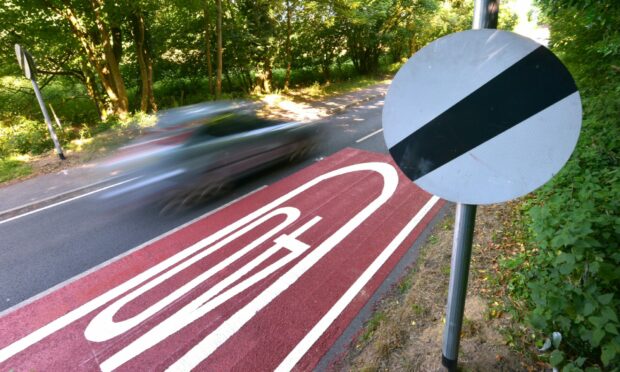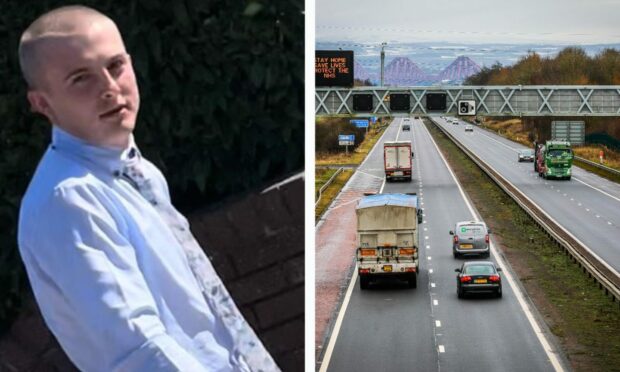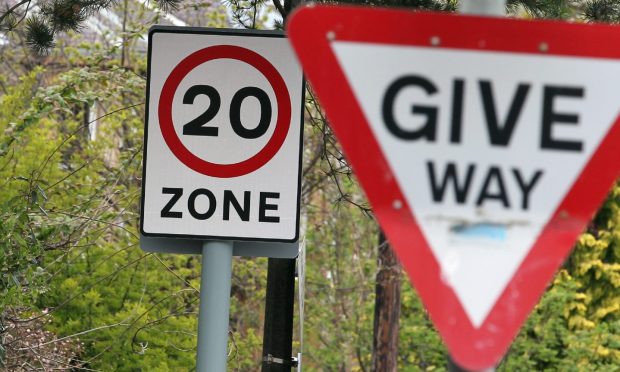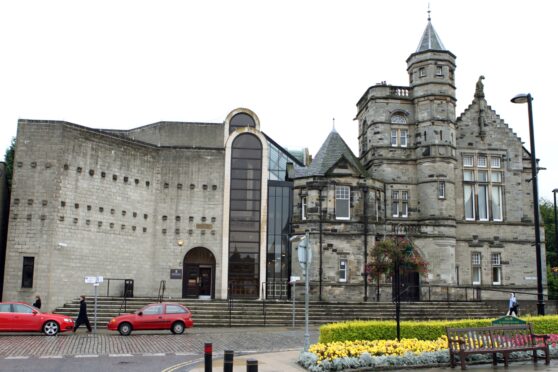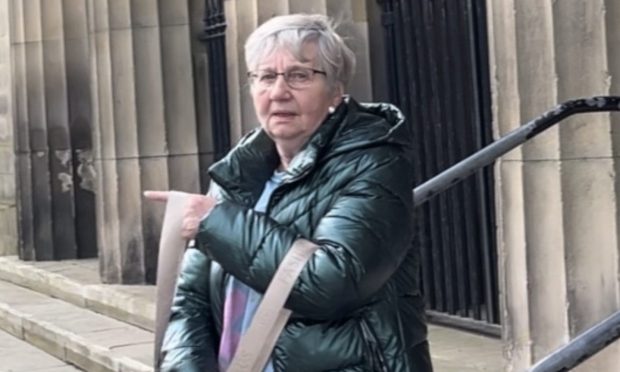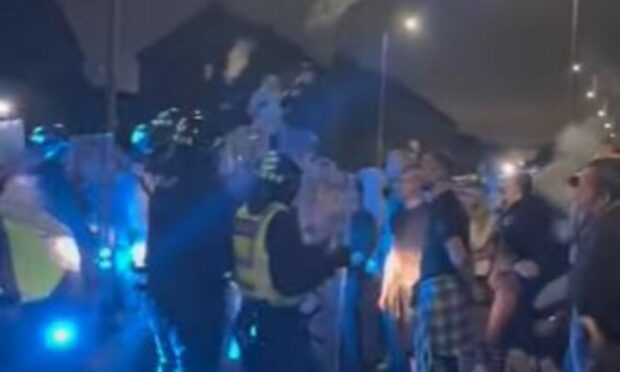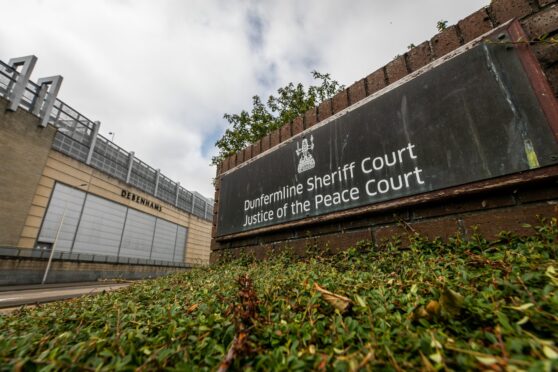The number of roads deaths and casualties in Scotland are at the lowest since records began.
Transport Scotland’s latest official stats show 139 people were killed in road accidents in 2021 and that the number of people seriously injured was 1,596.
But figures for the past two years will have been affected by the Covid-19 pandemic and its impact on travel.
The Scottish Government’s road safety framework, published in February last year, contains targets to halve the number of people killed and seriously injured by 2030 and achieve zero fatalities and injuries on the nation’s roads by 2050.
The government’s performance will be compared to a 2014-2018 baseline.
Road safety charity Brake states on its website traffic speed is the “number one killer”.
It also highlights one of the major causes of road deaths and injuries is the behaviour of drivers.
This can include impaired driving through alcohol, drugs or tiredness, driver distractions such as mobile phone use, and failure to use proven safety systems such as seat belts and motorcycle crash helmets.
So what’s been happening locally to help improve improve road safety?
Fife
Fife Council’s safer communities road safety team is supported by police on a project which, once every three months, has 10 drivers above the age of 65 sign up to an event which aims to improve road safety.
DriveWise65+ involves older drivers turning up in their own cars, doing an eyesight test and registration, then being assessed on a set route by road policing officers who are in the passenger seat.
Advice is provided and a demonstration drive completed by the officers in a patrol car.
Police say it has been well received and is likely to be a regular event.
The council says it also has an ongoing programme of road safety engineering works and this year completed the installation of high-tech road signs which aim to cut the number of accidents on the A915 Standing Stane road.
Data collected by police has shown a high number of accidents on this road are caused by vehicles driving too closely together, leaving drivers without enough time to react – especially on approach to junctions.
Detectors on the new road signs calculate the distance between vehicles and identify when others are approaching junctions.
The signs display a message to alert drivers vehicles ahead might be turning and also remind them to keep an appropriate distance from the vehicle in front.
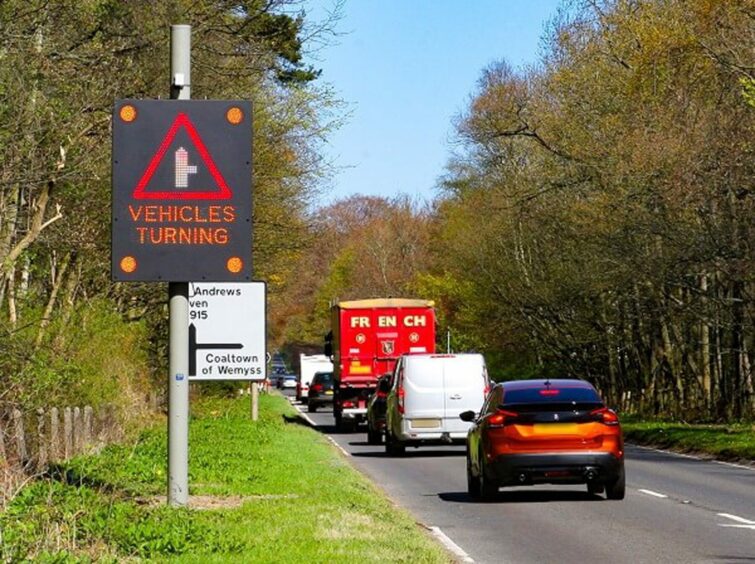
Steve Sellars, the council’s road safety and travel planning lead consultant, says initial results are “encouraging”.
The council also works with schools across to deliver school travel plans, with the aid of junior road safety officers, outlining available active travel routes and delivering road safety campaigns such as Parent Parking Pledges, Park N Walk sites as well as delivering on road Bikeability training.
The local authority has also developed road safety resources, along with partners, to deliver advice on topics geared at people of all ages including child car safety, education in schools and colleges, new driver projects and cycling initiatives.
They are also looking at using social media and radio more for safety campaigns, such as their Slow Down for Schools campaign.
Tayside
Dundee‘s annual road safety report, published in September last year, highlights an integrated approach involving various engineering, enforcement, education and encouragement initiatives.
The report says “significant resources” are devoted to enforcing speed limits, the drink driving law, wearing of seatbelts and other safety related legislation such as inappropriate parking.
It says emphasis is also placed on the education of children.
The Safer Routes to School proposals are encouraged and will be reinforced with engineering measures where appropriate.
Examples of this in the city include the 20mph around schools and Safer School Streets initiative.
There is also the ‘safe drive stay alive‘ road show – an annual event aimed at raising road safety awareness of 16-17 year olds.
Promoting the use of child car seats and restraints, cycle helmets, lights and bright
clothing are also highlighted in this report as having played a part in encouraging road users to adopt safe practices.
The report states: “These road safety initiatives, combined with other schemes that are not directly aimed at casualty reduction, such as environmental improvements, have all contributed to significantly reduce the number of road related injuries in Dundee over the past twelve years.”
A spokesperson for Perth and Kinross Council highlighted it has recently introduced several exclusion zones around schools, most recently a trial at Viewlands Primary School, to make it safer for children arriving or leaving school.
Exclusion zones are designed to make roads safer for children going to and from school but is also designed to encourage children and parents to walk or cycle.
The council spokesperson said that road safety “is a priority” for the local authority.
The Courier compiled the stats to mark the start, on August 1 of National Road Victim Month.
Carnage on the carriageways – What’s the difference between careless and dangerous driving?
For all the latest from the court rooms of Tayside and Fife, join our Facebook group.
